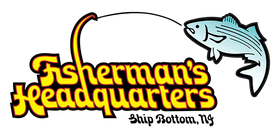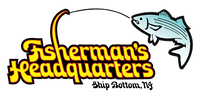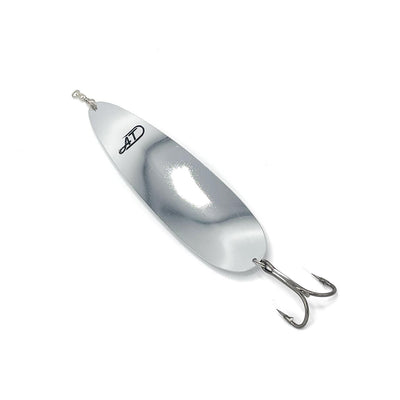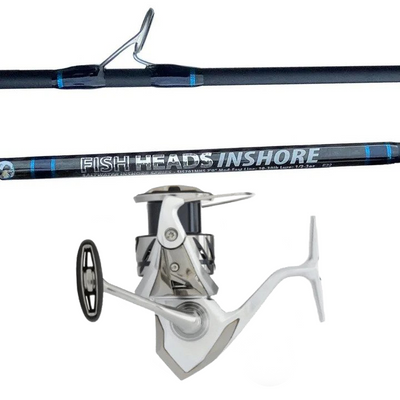Winter Flounder Fishing LBI
The Winter Flounder
When the winter flounder are around, it behooves the wise angler to go fishing for these tasty fish. Here we will list some basics you have to consider to increase your chances of winter flounder fishing success.
Time:
Early spring through May usually is prime target time, but these fish will sometimes linger a bit longer in the bays.The first thing to consider is a sunny day, with an outgoing tide. Probably the last two or three hours of the ebb tide and the beginning of the flood are the best. Generally these tides are best because of the warmer water flowing and the small baits that these toothless fish feed on are washed off the flats into the channels and channel slopes.
Location:
Soft muddy bottoms of bays and creeks are the prime fish holding locations. Water depth fished here locally should be in the 8 to 11 foot range, but this is a matter of trial and error to locate the holes that are holding the greatest concentration of fish. As the water warms and spawning is done with , the fish will start to move closer to the inlets and then offshore.
Equipment:
- Chum Pot, plunger, large mushroom type sinker, sash weight
- Small Hooks size 8 or 9 ultra sharp hooks such as the Gamakatsu or Owner octopus series, etc tied into bottom rigs
- Light sensitive fishing rod with line of 6 to 10 pound test
- Sinkers
- Bait
- Chum
A chum pot is an absolute requirement. In fact many use 2 chum pots at the same time. You will want to move or jiggle the chum pot from time to time to stir the bottom up and create a greater flow of chum. Some will also attach a plumber's plunger to the end of a long pole and periodically plunge and stir the bottom up. A mushroom style weight of 5-8 ounces (decoy anchor) attached to a cord can be used in the same way to stir the bottom, as well as a sash weight, etc..
Sinkers are usually painted yellow or hot pink, but this may or may not might not be a requirement. Use the lightest sinker needed to hold the bottom, and periodically lift the sinker a few inches and again stir up the bottom with it.
Hooks and rigs:
Don't be stingy with the chum. The more you have the greater the chances of increasing the catch. The chum will consist of ground up clams, ground up mussels, grass shrimp, a mixture of whole kernel frozen or canned corn and cooked rice flavored with clams, squid, or most any oily addition to increase the odor. The secret to success ... Chum, chum and more chum...
Most bait shops will have frozen clam chum logs to fit into the chum pots .. Probably the simplest way to start chumming and then you can supplement this with some rice and corn mixture as the chum starts to melt in the pot. Fish close to the chum pot. Some will run a baited hook off the chum pot. Others will dead stick one bait along with the pole being held in the hand.
Baits will be primarily bloodworms, sand worms, grass shrimp, strips of mussel or clam. Baits should be small, probably no longer than 2 inches in length, with 1/2 or more of this length dangling free off the hook. ( these fish , even the two pounders , have very small mouths)
Anchoring techniques are somewhat critical, because the boat should be as stationary as possible. Bridling, often is best and the use of two anchors is highly recommended. Flounder Fishing at the beginning of the season on a nice sunny day in March and April can be a great way to start the fishing season plus the bonus of catching some of the tastiest fish that swim in our waters.





 609-494-5739
609-494-5739
















